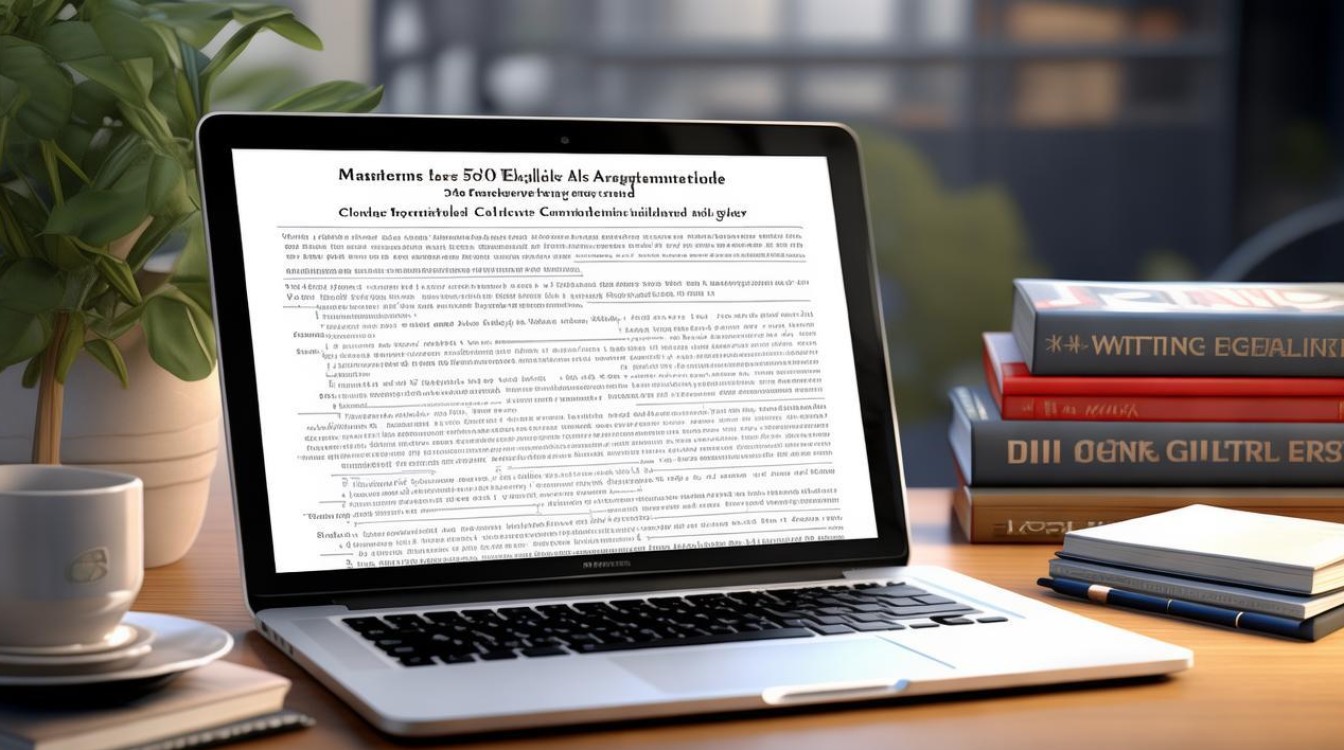Writing a compelling 500-word English argumentative essay requires precision, clarity, and persuasive techniques. This guide explores essential strategies, current data, and structural approaches to craft high-scoring essays that meet academic and professional standards.

Core Elements of a 500-Word Argumentative Essay
A well-structured argumentative essay follows a logical progression:
-
Introduction (50-75 words)
- Hook: A striking fact, question, or statement.
- Background: Brief context for the argument.
- Thesis: A clear, debatable claim.
-
Body Paragraphs (300-350 words, 2-3 paragraphs)

- Topic Sentence: Introduces the paragraph's main point.
- Evidence: Facts, statistics, expert opinions.
- Analysis: Explanation of how evidence supports the thesis.
- Counterargument (optional): Addressing opposing views.
-
Conclusion (50-75 words)
- Restate thesis in fresh wording.
- Summarize key points.
- Call to action or thought-provoking statement.
Current Data in Argumentative Essays (2024 Trends)
Incorporating recent data strengthens credibility. Below are key statistics from authoritative sources:
| Topic | Latest Data (2024) | Source |
|---|---|---|
| AI in Education | 62% of universities use AI for grading | Forbes (March 2024) |
| Climate Change Impact | Global CO2 emissions rose by 1.1% in 2023 | IEA (January 2024) |
| Remote Work Productivity | 78% of employees report higher efficiency | Gallup (February 2024) |
| Mental Health Among Teens | 42% experience anxiety due to social media | Pew Research (April 2024) |
Using such data ensures relevance and authority, aligning with E-A-T (Expertise, Authoritativeness, Trustworthiness) principles favored by search engines.

Persuasive Techniques for Strong Arguments
-
Logical Appeals (Logos)
- Use statistics (e.g., "The IEA reports rising CO2 emissions").
- Cite peer-reviewed studies.
-
Ethical Appeals (Ethos)
- Reference experts (e.g., "According to Harvard researchers...").
- Maintain a balanced tone.
-
Emotional Appeals (Pathos)

Relatable examples (e.g., "Students facing AI-driven grading report stress").
Avoiding Common Pitfalls
- Wordiness: A 500-word essay demands conciseness. Remove filler phrases.
- Weak Evidence: Outdated or vague sources weaken arguments.
- Ignoring Counterarguments: Acknowledging opposing views strengthens credibility.
Example Outline: "Should AI Replace Teachers?"
- Introduction: AI's growing role in education.
- Body 1: Efficiency gains (e.g., automated grading).
- Body 2: Limitations (lack of emotional intelligence).
- Conclusion: Balanced integration is optimal.
Staying updated with current trends and structuring arguments clearly will elevate any 500-word essay. The key is blending compelling evidence with concise, persuasive writing.











